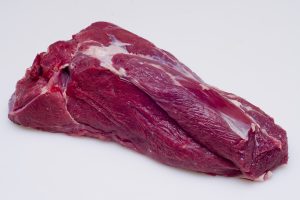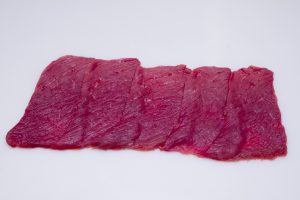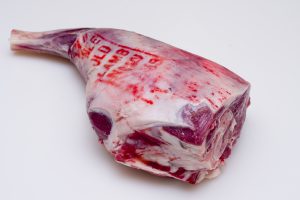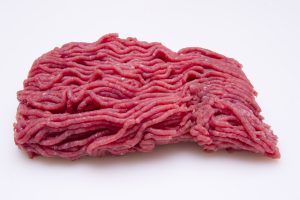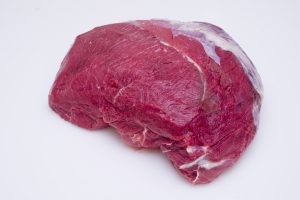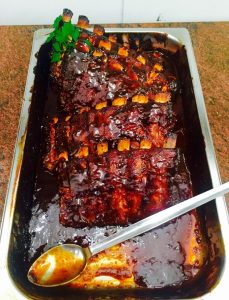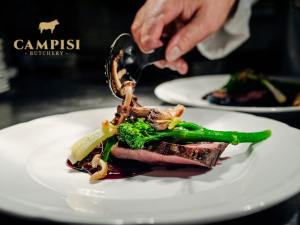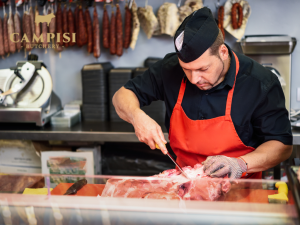Butchery, an ancient craft, remains pivotal in the culinary arts, bridging the gap between raw ingredients and gastronomic creations. This intricate process transforms whole animals into precise cuts of meat, each with its unique flavor profile and cooking requirements, thereby laying the foundation for diverse culinary practices.
The Importance of Butchery in Culinary Arts
Butchery is not just about cutting meat; it’s an art form that influences taste, texture, and presentation in the culinary world. Understanding various cuts of meat, including cuts of beef and how to properly cure meats, allows chefs to craft dishes that fully express their flavors and honor the animal’s value. It enables the creation of a wide range of products from sumptuous steaks to delicate charcuterie.
Overview of the Butchery Process
The butchery process involves several stages, from slaughtering and dressing the carcass to breaking it down into manageable pieces. Butchers meticulously work to ensure each cut is made with precision, maximizing the use of the animal and minimizing waste, a testament to the craft’s sustainability ethos.
The Journey from Farm to Table: An Overview of Meat Processing
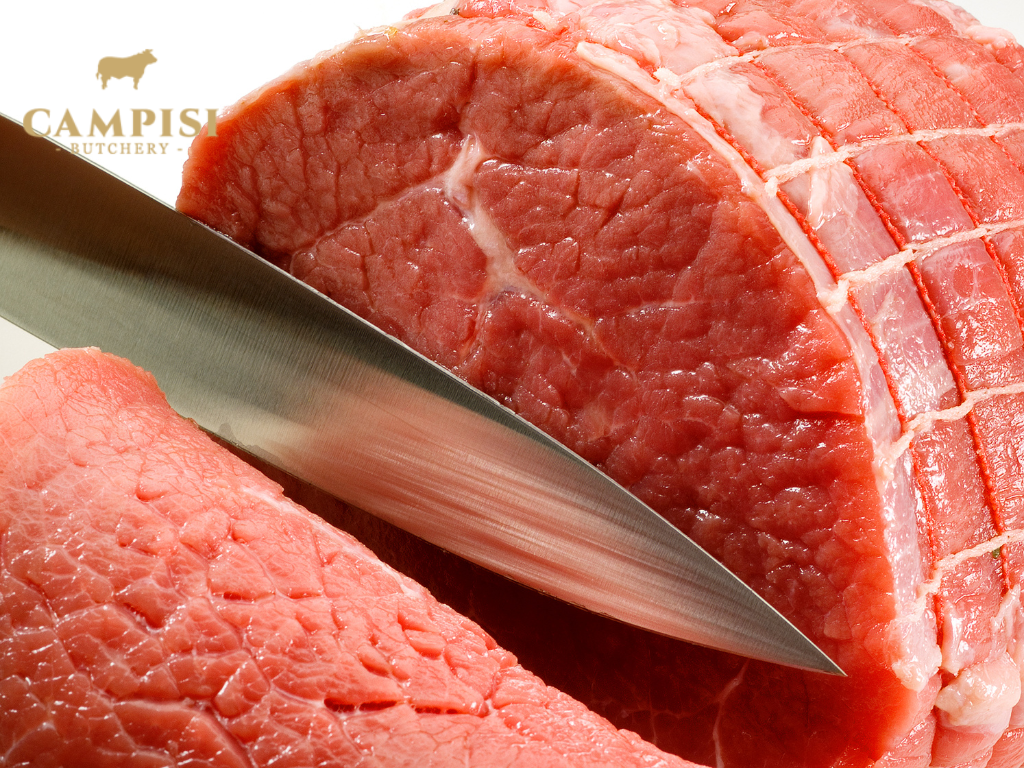
The path from farm to table encompasses more than just the act of butchery; it involves ethical sourcing, animal welfare, and preparatory steps that ensure the meat is safe and of high quality.
Ethical Sourcing and Animal Welfare
Ethical sourcing and attention to animal welfare are paramount in the meat industry. Practices such as free-range farming, humane slaughtering techniques, and stress minimization are crucial for producing high-quality meat. Consumers increasingly favor meats, including cuts of beef and cured meats, that adhere to these standards.
Steps in Meat Processing Before Butchery
Before butchery can commence, meat undergoes several processing stages:
- Slaughtering: Conducted with precision and respect to ensure quick and humane treatment of animals.
- Dressing: The removal of inedible parts, including hide, feathers, and internal organs, preparing the carcass for butchery.
- Aging: Meat is aged under controlled conditions to enhance tenderness and flavor, a critical step for premium cuts of meat.
Understanding the Basics of Butchery

Butchery requires skill, precision, and a deep understanding of animal anatomy to ensure each cut’s quality and integrity.
Tools of the Trade: Essential Equipment for Butchers
Butchers rely on a variety of tools, from sharp knives and saws to cleavers and boning hooks. Each tool serves a specific purpose, whether it’s making initial large cuts, deboning, or finely slicing cured meats for service.
The Role of a Butcher: Skills and Techniques
The butcher’s role encompasses more than cutting; it involves understanding meat science, the nuances of different cuts of meat, and the best methods for preparing and preserving them, including curing techniques for meats. Butchers must also stay informed about culinary trends and consumer preferences to meet the demand for traditional and innovative meat products.
The Process of Creating Meat Cuts

The transformation of a carcass into consumable and culinary-specific pieces is both an art and a science, demanding skill and a profound understanding of animal anatomy.
Breaking Down a Carcass: Primary Cuts
Primary cuts, or primal cuts, are the initial divisions made from the carcass. These large sections are separated based on the animal’s muscle groups, including, for beef, sections like the rib, loin, chuck, and round. This initial breakdown is guided by the goal of minimizing waste while maximizing the use of each part of the animal.
Refining Primary Cuts into Retail and Culinary Cuts
From these primary cuts, butchers further refine the meat into the retail and culinary cuts familiar to consumers and chefs. This process requires precision to ensure each cut’s quality and consistency, from the tender fillet mignon to the robust flavors of a brisket. The skill in this stage lies in balancing the demands of the market with the need to utilize as much of the carcass as possible.
Ethical and Sustainable Butchery Practices
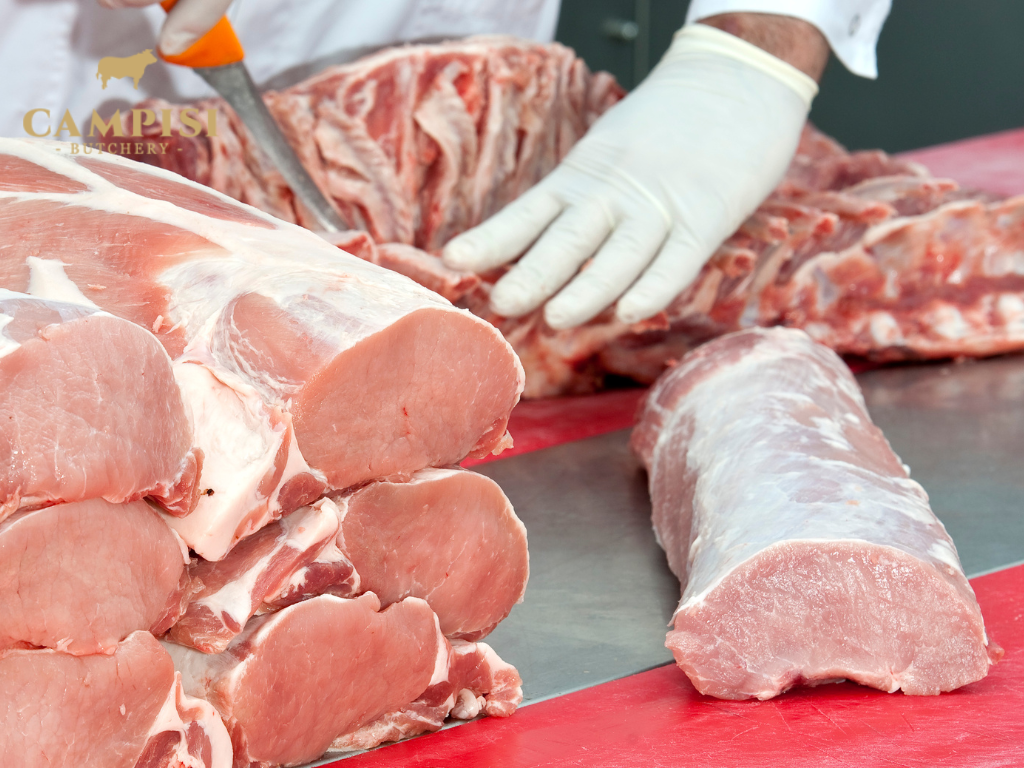
As consumers become more conscious of their food’s origins, the emphasis on ethical and sustainable practices within butchery has never been more critical.
The Importance of Sustainable Butchery
Sustainable butchery aims to respect the animal and the environment by minimizing waste, using the entire animal, and sourcing from farms that employ humane and eco-friendly farming practices. This approach supports local economies, reduces environmental impact, and ensures high-quality, healthful products for consumers.
Implementing Ethical Practices in Meat Production and Butchery
Implementing ethical practices involves several key components:
- Sourcing from local, ethical farms that prioritize animal welfare.
- Using techniques that ensure the entire animal is utilized, from nose to tail.
- Adopting energy-efficient practices in the butchery process to minimize the operation’s environmental footprint.
Traditional vs. Modern Butchery Techniques
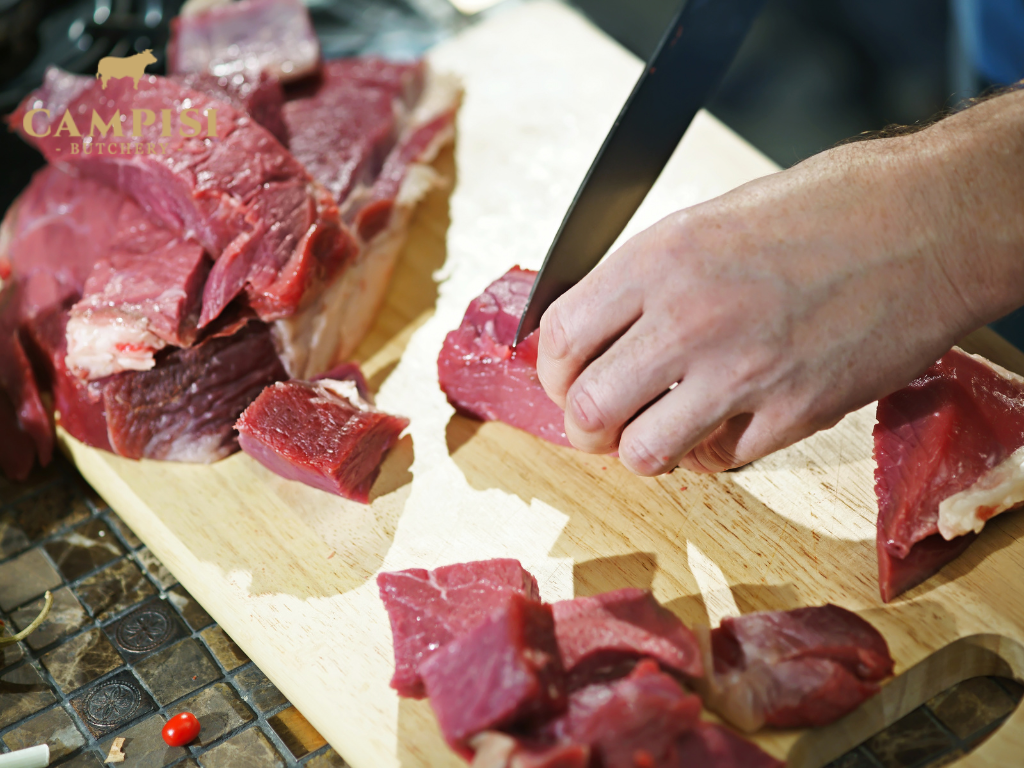
Butchery techniques have evolved, blending time-honored traditions with modern innovations to meet today’s culinary demands.
Preservation of Traditional Butchery Methods
Traditional butchery methods, characterized by handcrafting and a deep respect for the craft, continue to be celebrated and preserved. These methods emphasize skill, knowledge of the animal, and a commitment to quality, traits that remain as important today as they have always been.
The Impact of Technology on Modern Butchery
Modern butchery has embraced technological advances to improve efficiency, safety, and precision. From electric saws to vacuum sealers, technology has streamlined many processes, allowing for more consistent cuts and the ability to meet higher demand. However, the essence of butchery remains rooted in the skill and knowledge of the butcher.
Enhancing Culinary Experiences with Specialty Cuts
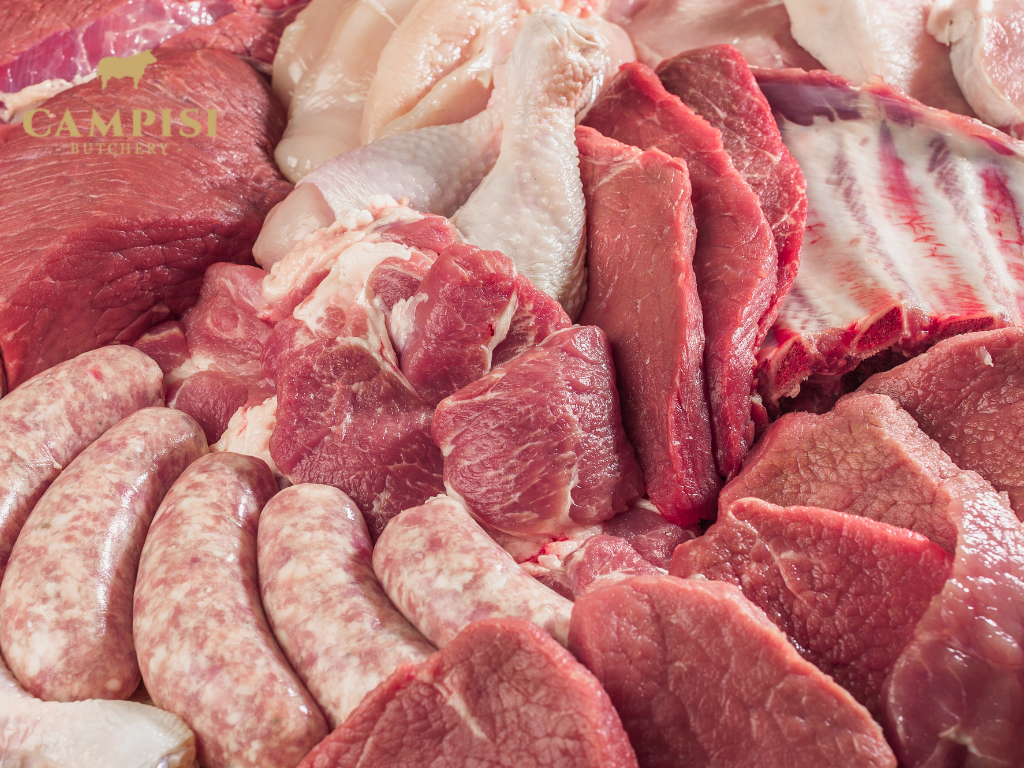
The collaboration between butchers and chefs is vital in pushing the boundaries of culinary creativity, offering diners unique experiences through specialty cuts of meat.
Exploring Lesser-Known Cuts for Culinary Innovation
In the quest for innovation, chefs are turning to lesser-known cuts of meat, such as beef cheek, pork jowl, or lamb neck. These cuts, often overlooked in favor of more traditional options, offer deep flavors and textures that can elevate a dish from the ordinary to the extraordinary. Butchers play a key role in sourcing and preparing these specialty cuts, applying their expertise to ensure each piece meets the highest standards of quality and freshness.
How Butchers and Chefs Collaborate to Create Unique Dishes
The collaboration between butchers and chefs is a dynamic and creative process. Butchers with a deep understanding of meat anatomy can suggest alternative cuts that chefs might not have considered, while chefs can challenge butchers to deliver cuts in new and precise ways. This partnership not only results in the creation of unique dishes but also promotes a more sustainable approach to meat consumption by utilizing the whole animal.
Conclusion
Understanding the art of butchery enhances one’s appreciation for the culinary world. It invites consumers and culinary professionals alike to consider the origins of their food, the skill involved in its preparation, and the ethical considerations of meat consumption. As we move forward, let us recognize the value of butchery in our food systems and celebrate the butchers and chefs who collaborate to bring innovation and excellence to our tables. By doing so, we not only enrich our own dining experiences but also support a food industry that values quality, craftsmanship, and sustainability.

